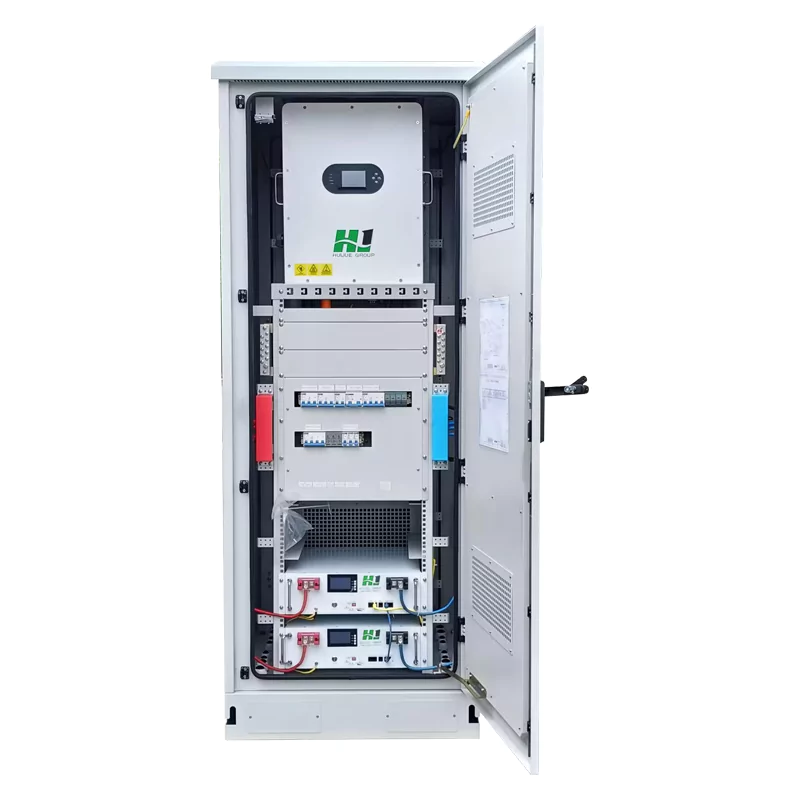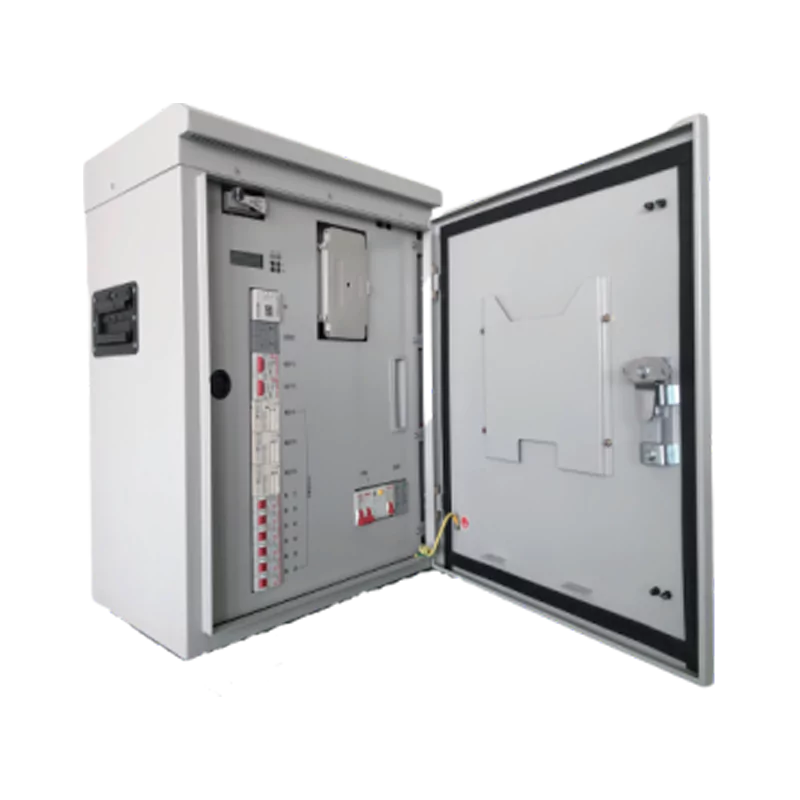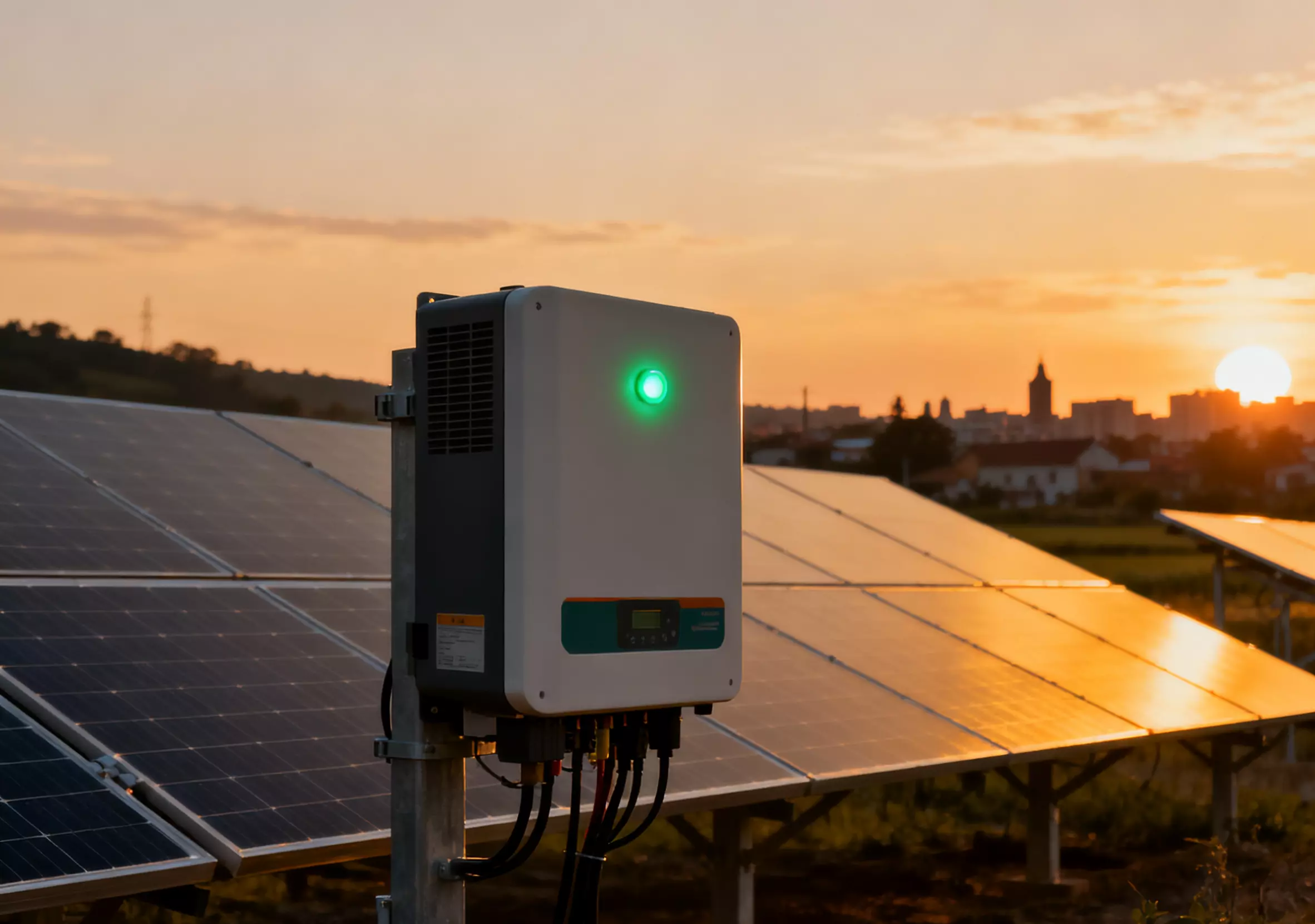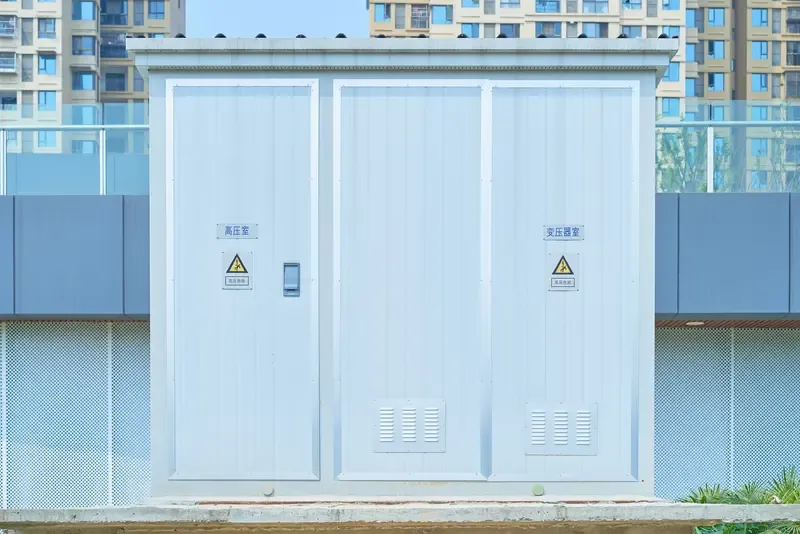When deploying outdoor energy, telecom, or solar systems, choosing the right dustproof outdoor cabinet is crucial. These enclosures protect critical equipment from dust, moisture, heat, and vandalism. But not all cabinets are the same. In this article, we’ll explore the main types—such as Base Station Energy Cabinet, Outdoor Base Station Cabinet, and Outdoor Photovoltaic Energy Cabinet—their differences, and how to pick the right one.
What Does “Dustproof Outdoor Cabinet” Mean?
A weather cabinet that is dustproof is one that is for outdoor use, which combines rain, environmental stress protection, dust, and thermal control with the protection of the entry. Such cabinets will have a high protection rating (e.g. IP65) and will be made of weather-resistant materials like aluminium or galvanized steel.
Acoustic and thermal emissions are one of the primary design concerns. A whitepaper by Purcell Systems explains how outdoor enclosures must minimize noise emission (≤ 65 dB-A at 5 feet) and employ vibration decoupling to protect internal electronics as well as nearby residents.
For telecom-specific applications, Raycap highlights how outdoor base station cabinets play a critical role in protecting 5G equipment from dust, thermal stress, and extreme weather, while ensuring long-term reliability.
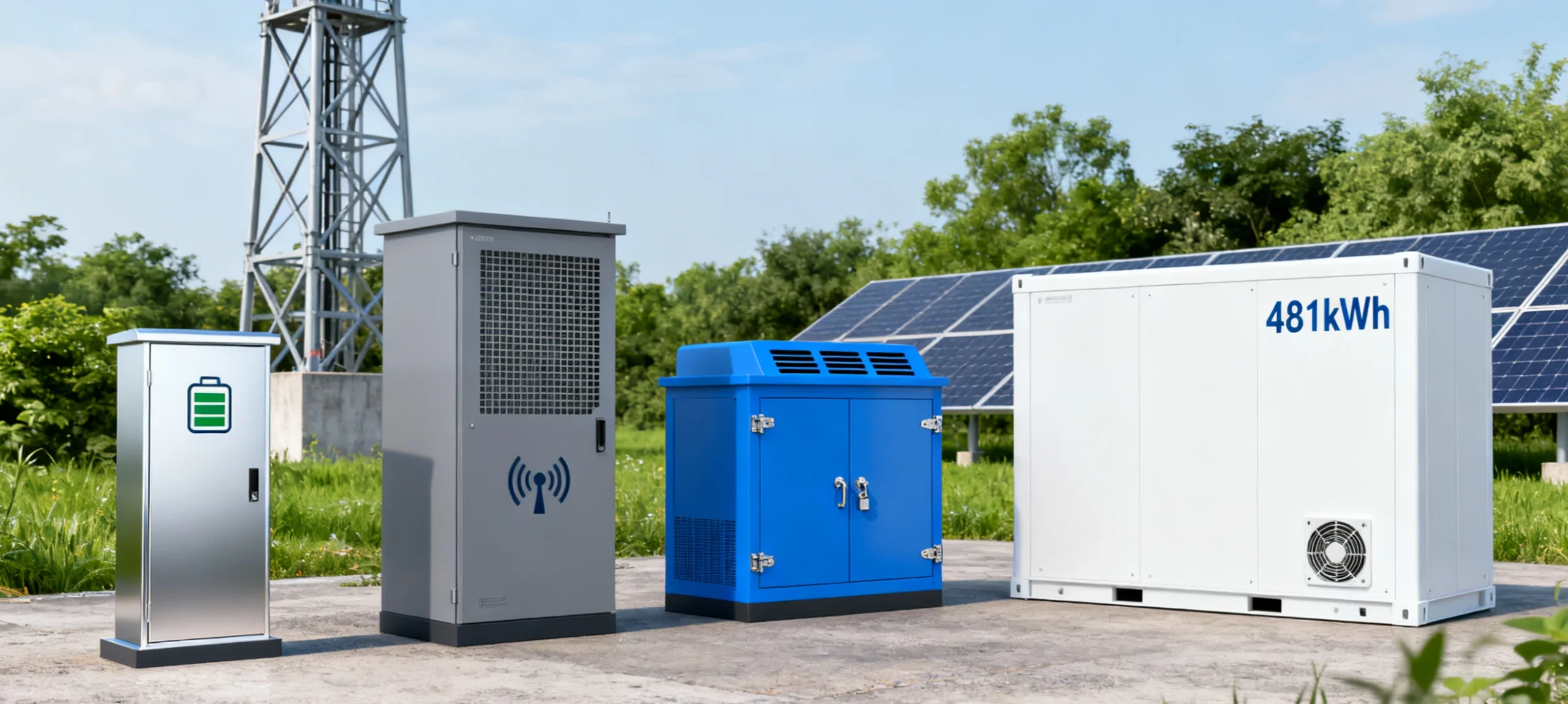
Main Types of Dustproof Outdoor Cabinets
Here are the major categories you’ll see in practice, along with distinguishing features:
Designed specifically for telecom power and battery systems, this cabinet includes battery banks, rectifiers, and power control modules. It is commonly located near base stations and optimized for energy reliability.
A larger form of telecom enclosure. In addition to energy components, it can also hold communications equipment (routers, radios). Can have modular rack space and more solid construction.
These are primarily dedicated to accommodating battery systems. Some are small in size; others are full-fledged Outdoor Cabinet Energy Storage Systems, including power electronics, cooling, and safety systems.
- High-Capacity Storage Cabinets (e.g. 112 kWh, 241 kWh, 372 kWh, 481 kWh)
For utility or industrial storage, these large cabinets provide turnkey energy storage capacity. They are usually utilized in solar+storage microgrids, with full thermal, fire suppressant, and monitoring systems.
Differences and How to Decide
Here’s a quick comparison to help you decide:
| Feature | Smaller Cabinets (wall, pole, micro) | Integrated / Storage Cabinets |
| Use Case | Telecom microcells, urban nodes | Solar farms, microgrid hubs, central telecom sites |
| Capacity | Hundreds of watts to a few kW | Tens to hundreds of kWh |
| Cooling | Passive ventilation or small fans | Active cooling, heat exchangers, climate control |
| Access & Maintenance | Easy front access, minimal subsystems | Larger doors, modular sections, service ports |
| Protection Level | High ingress protection, sound control | Full structural, fire suppression, environmental control |
To offer reliability, choose a cabinet class that maps to both your energy/power needs and your environmental concerns (dust, temperature, humidity).


